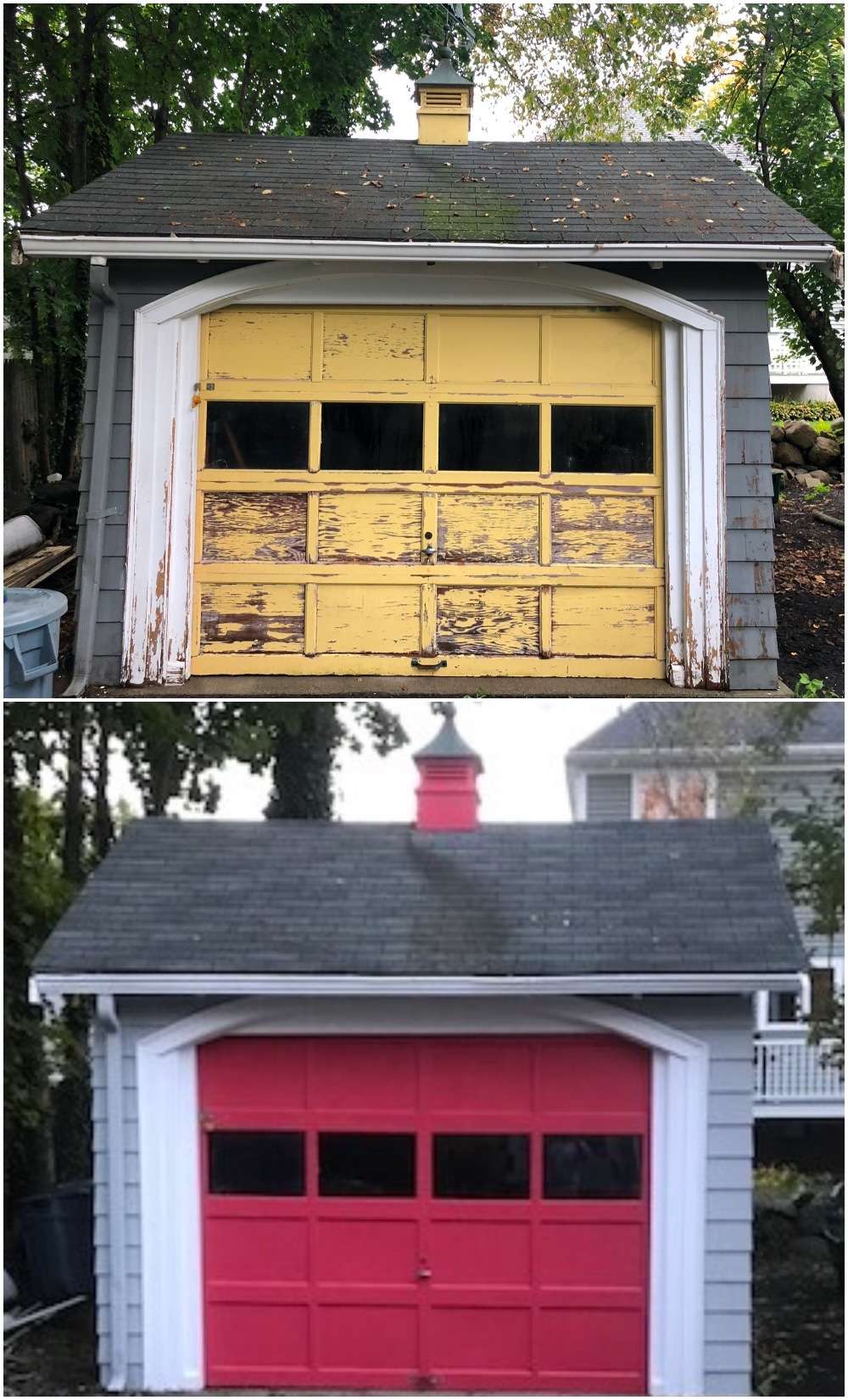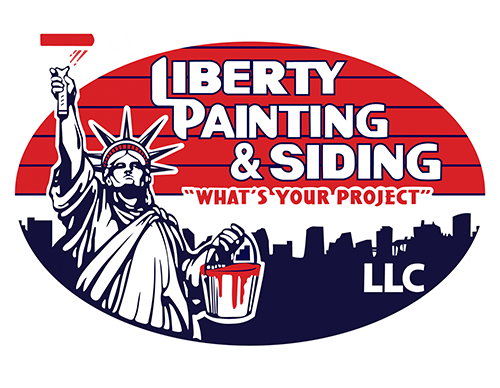With spring in full swing in New England, it’s time to get outdoors and start sprucing up your home’s exterior. Gather all the twigs and branches that have fallen over the winter, sweep up all the salt in the driveway left over from storms, and inspect your home’s exterior for signs that it needs to be painted.
What signs should you be on the lookout for and what could cause premature failure of the paint on the exterior of a structure? Read on to learn about the main signs that it may be time to schedule your home to be painted and what may be causing these issues.
Causes of Failing Paint
Paint issues such as peeling, blistering, bubbling, fading, chalking & cracking have several root causes. From excessive moisture or heat, to a lack of proper prep work on prior paint job or the use of a low-quality exterior paint, paint issues can come on suddenly, especially after a harsh winter like the ones we often experience in the Northeast.
Moisture is the number one cause of failing paint. Condensation or even ice build up on a surface can cause painted surfaces to expand & contract. This expansion & contraction can create unsightly bubbles, peeling or cracking of paint & expose the wood underneath to the elements.
Another major cause of failing paint is excessive heat or dryness. Extreme heat & direct sunlight can also cause paint to fade or lose adhesion over time. Without a good exterior quality paint & strong adhesion to a home’s surface, visual paint imperfections can become noticeable until the area can be properly prepped & repainted.
Dirt, mold, mildew, salt & dead fibers of wood are also enemies of exterior paint. These factors can degrade the appearance of paint on your home over time.
Peeling Paint
One of the most obvious signs that a home’s exterior needs repainting is peeling paint. Often caused by a failing moisture barrier between the paint and the surface behind it, this issue can leave exposed wood vulnerable to rot, mold, mildew, or even a pest infestation.
Excessive heat or prolonged direct sunlight can also cause peeling paint. If one side of your home experiences more direct sunlight than the other, this may be an area of concern.
Blistering or Bubbling Paint
Paint that does not adhere well to a surface may begin to blister or bubble. This issue can be commonly seen when there is low-quality paint applied or the paint was applied over a surface that still had a moisture content. When moisture is encapsulated and the sun hits this surface, the moisture will try to evaporate causing blistering or bubbling paint.
Fading or Discoloration
If your home’s once vibrant color now looks faded or slightly discolored, it may mean that the sun’s ultraviolet rays have begun to damage it. It may be time to repaint. Fading is often an indicator that the protective coating is breaking down.
 Cracking or Alligatoring
Cracking or Alligatoring
Cracking indicates that the second and/or third coats of paint applied were potentially completed before the previous coat had a chance to fully dry and completely adhere. This phenomenon is often referred to as alligatoring, as the cracks can resemble an alligator’s scaly skin.
Chalking
If you wipe your hand over the surface of your home’s exterior and notice a chalky residue, your home may be experiencing chalking. This is when the sun’s ultraviolet rays cause the top coat of paint to degrade and diminish in its protective qualities. Chalking indicates that the paint is older and may need to be replaced. High-quality paints can help alleviate this issue.
Have you noticed any of these signs on your home’s exterior? If so, it may be time to drop us a line at Liberty Painting & Siding. We can provide a quote and transform the appearance of your home’s exterior.



